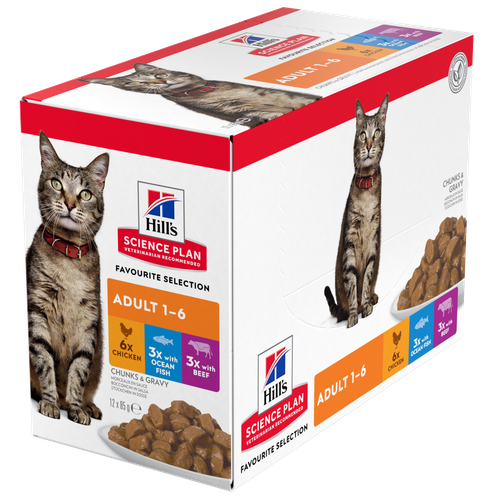About
The Burmilla is a cat that is very rounded. The head is round and the tips of the ears are round. The profile shows a "break," and the eyes are very slightly slanted.The coat of the Burmilla is short and soft, because of the original pairing, the coat is also thick and dense.|
Personality
The Burmilla is a fairly placid cat. They tend to be an easy cat to get along with, requiring minimal care. The Burmilla is affectionate and sweet and makes a good companion.
What to Expect
Burmillas are good climbers and jumpers and should have cat trees and perches. The Burmilla is a sturdy, stocky cat and you might have to watch their weight carefully, particularly if they do not get enough exercise.While Burmillas are placid cats, they also love their daily playtime. They love being adored by their parents and having their stomach rubbed and being petted. A daily petting session is a must for any Burmilla.The Burmilla must be brushed daily to remove the loose and dead hairs from the coat. Brushing can be incorporated with playtime.
History
The Burmilla started out as an accident. In 1981, a Chinchilla Persian male and a Lilac Burmese bred, and the female delivered four kittens. These kittens had an unusual black-tipped colouring. The look of these cats was so attractive that a breeding programme was inaugurated to produce a cat that would have the short hair of the Burmese, the roundness taken from both breeds, and the unusual colouring seen in the initial kittens.The Burmilla is rarely seen. In Britain, it is still an experimental breed, and it is not yet accepted by the major registries in the United States.
Adopt a pet. Change a life.
Are you prepared to adopt a pet? Use these tools to make sure you are ready for the commitment.
Adopt a pet. Change a life.
Are you prepared to adopt a pet? Use these tools to make sure you are ready for the commitment.





















